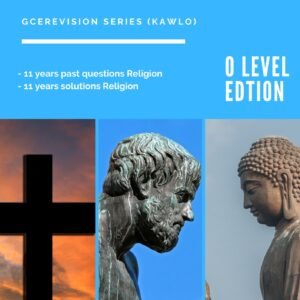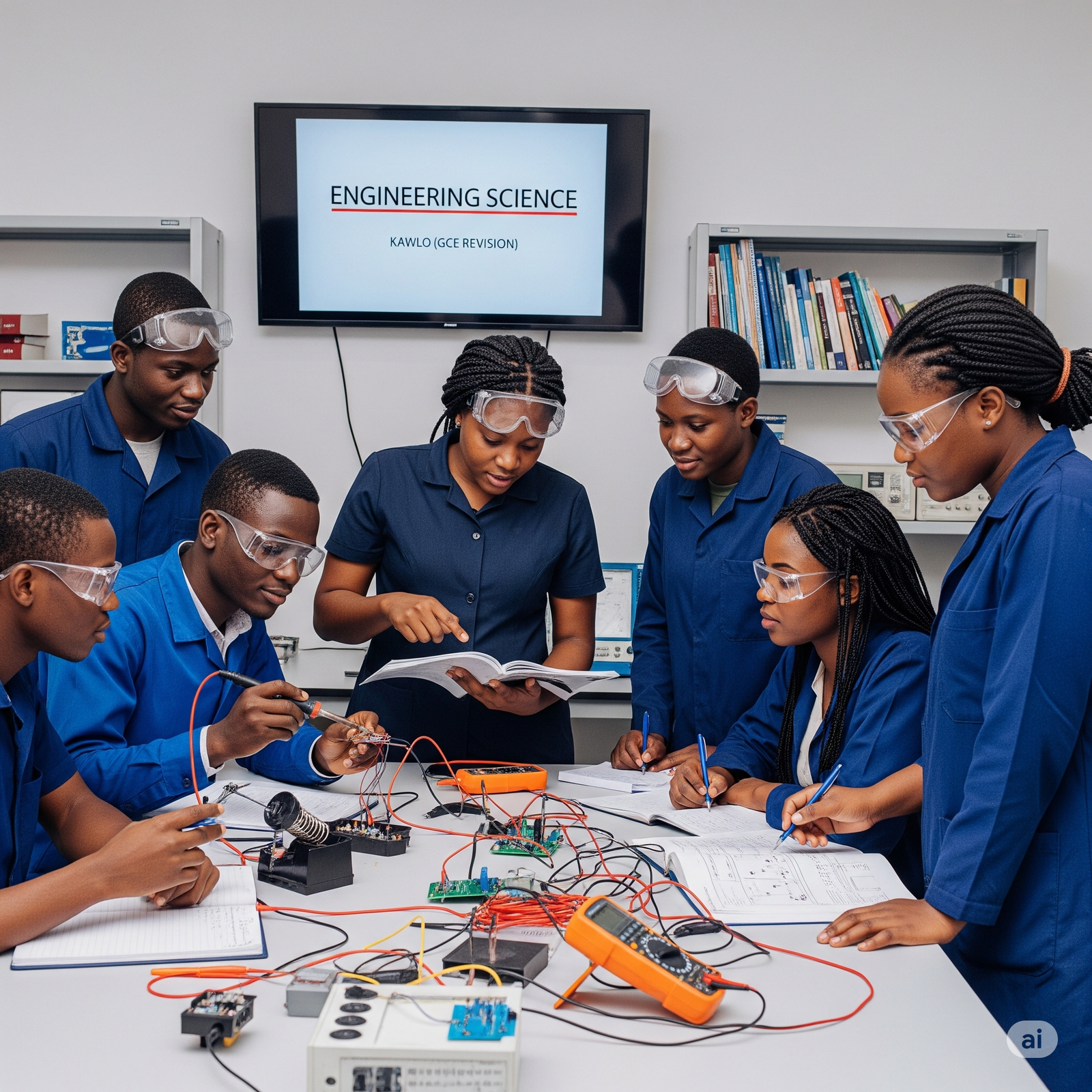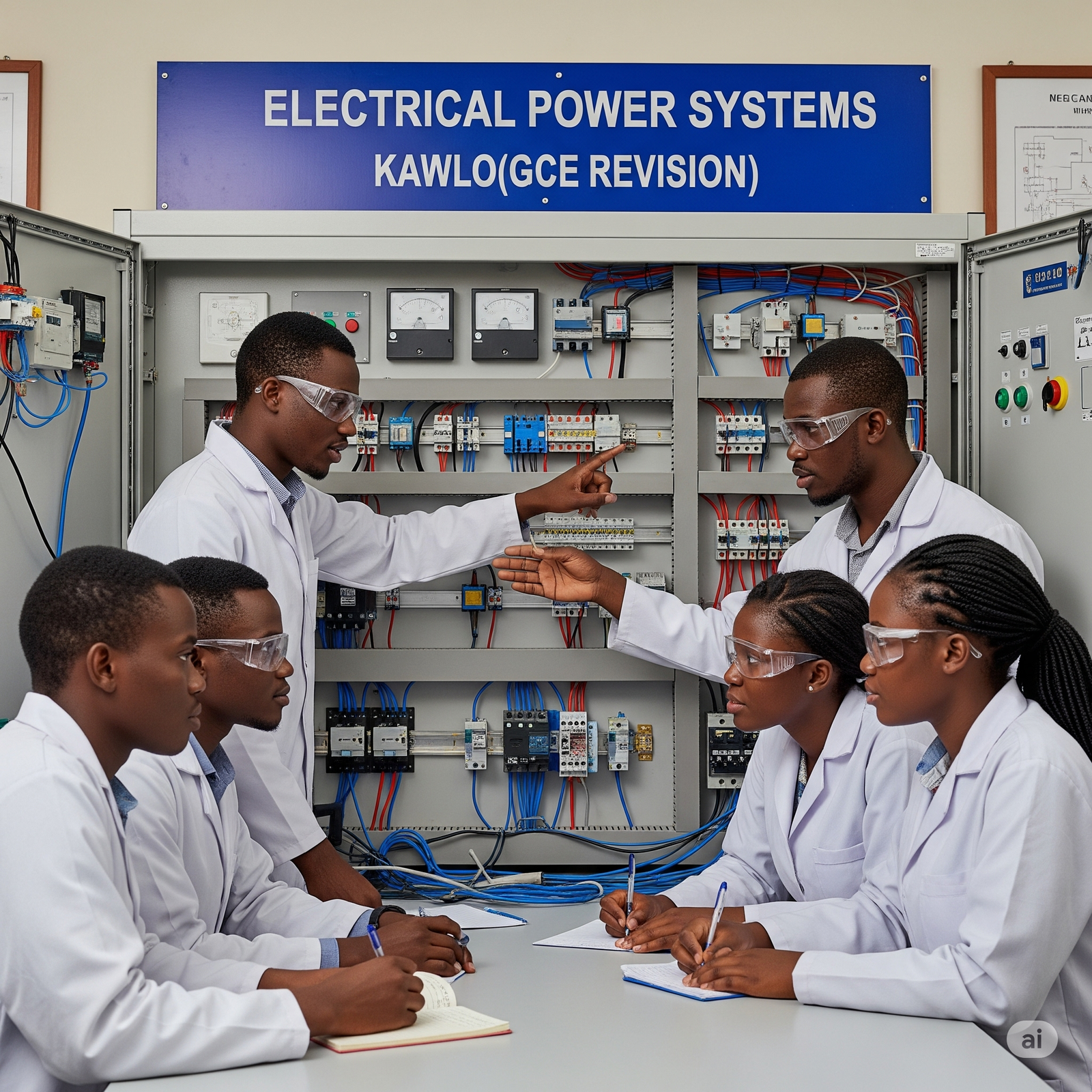cameroon gce june 2002 Math meach Paper 3
TO DOWNLOAD cameroon gce june 2002 Math meach Paper 3 click on the link Below

June 2002
1. i) The position vector r, of a particle at time t seconds is given by r = [3cos2ti + 2sin2tj]m.
Find the values of t in the interval 0≤ t ≤ π/2 for which the acceleration of the particle is perpendicular to its velocity
ii) A particle moves in a straight line so that at time t seconds the acceleration of the particle is (6+2t)ms’2. The particle travels 15m in the second second of its motion.Calculate the speed of the particle of the particle when i = 0.
2. Two forces F2 and F2, where F1 = (i-j +3k) N, F2 = (-1 + 2j – 6k) N, act through the points with position vectors a and b, where a = (3i + j + 2k) m, b = (2i + ± j + 2k) m, respectively. Given that the line of action of F1 and F2 intersect determine the value of the constant α Hence find the magnitude of the resultant of F1 and F2and the equation of the line of action of this resultant.
3. i) A cyclist accelerates uniformly from rest for 40 seconds, attaining a speed vms1. He maintains this speed over a distance of 3600 m and then decelerates uniformly to rest in a period of 20/3 seconds. Given that the total distance covered by the cyclist is 4650 m, find
(a) the value of v
(b) the acceleration during the first part of the journey,
(c) the time taken to cover the 3600 m of the second part of the journey
ii) A particle of mass 3 kg moves in a horizontal circle on the smooth inner surface of a fixed
spherical bowl of radius √3 .The depth of the circle below the centre of the bowl is 1m.
Find m rad s’1, the angular speed of the particle and in N, the normal reaction of the bowl.
[Take a as I0ms’2]
4. A particle of mass 2m is attached to one end of a light elastic string of natural length a. The other end of the string is fixed at a point O on a ceiling when the- string hangs vertically, the
extension produced by the particle is a/4 . The particle is now raised to the point O and released.
Find the maximum extension of the string in the subsequent motion. Find also in metres the total distance covered in the 4 seconds.
5. A lorry of mass 2000kg moves along a horizontal road against a constant non -gravitational resistance of 3500 N. The engine of the lorry’ works at a constant rate of 70kW. Find the maximum speed of the lorry on level ground and the time, to 2 decimal places, which elapses before the speed of the lorn7 increases from 1 ms-1 to 2 ms-1
The lorry now moves along a line of greatest slope of a plane inclined at sin-1 ( 1/ 10)
To the horizontal . Find its maximum speed
(a) Up the plane
(b) Down the plane
6. i) A particle is projected from a point O on a horizontal plane. The particle passes through the point P1 [50(2 – √2) 25] and 2√5 second later it passes through the point
P2[50(2 + √2 )25] . Find the horizontal and vertical components of the initial velocity of the particle
(ii)There spheres A,B and C of equal radii and of masses m, 2m and 2m respectively, lie in a
straight line on a smooth horizontal plane, with B between A and C. The coefficient of
Restitution between any pair of spheres is e . A is projected with speed µ/2 to collide directly
with B Subsequently collide with C . find the speed of B and C after impact
7. A uniform ladder of length 2a rests in limiting equilibrium with its lower end on rough horizontal ground and its upper end against a smooth vertical wall. The vertical plane containing the ladder makes an angle of 60° with the ground.
Show that coefficient of friction between the ladder and ground is √3/6 .
A baby of the same weight as the ladder sits at the midpoint of the ladder. The mother whose weight is 4 times that of the baby starts to climb up the ladder. Find how far up the ladder she climbs before the ladder slips.
8.(i) The random events A, B and C are defined in a finite sample space. The events A and B are mutually exclusive and the events A and C are independent
P(A)=1/4 , P(B)=1/8, P(A U C)=1/12 and P(B U C)=23/72
Find .
a) P(A U B) , b) P(A n C) ,c) P(B n C) ,d) P( B’ U C ‘)
Two cards are to be drawn at random and without replacement from standard pack of 52
playing cards. Find the probability that
(a) Both cards will be aces
(b) No ace will be drawn
(c) At least one ace will be drawn

















